I woke up this morning in tears. I want to say the good kind, but all tears are good. I once heard that your tears are recorded in heaven.
This morning, my tears were in gratitude.
This is a thanks giving, and I am limiting my thanks giving to lefse. See, gratitude is like potato chips. You can’t eat just one chip no more than you can thank just one person who helped you along the way. You start saying thanks and you can’t stop. Like Scrooge on Christmas morn, you end up throwing open a window and shouting to the streets about everything from the marvels of one little snowflake to the miracles of modern plumbing. There is so much to life!
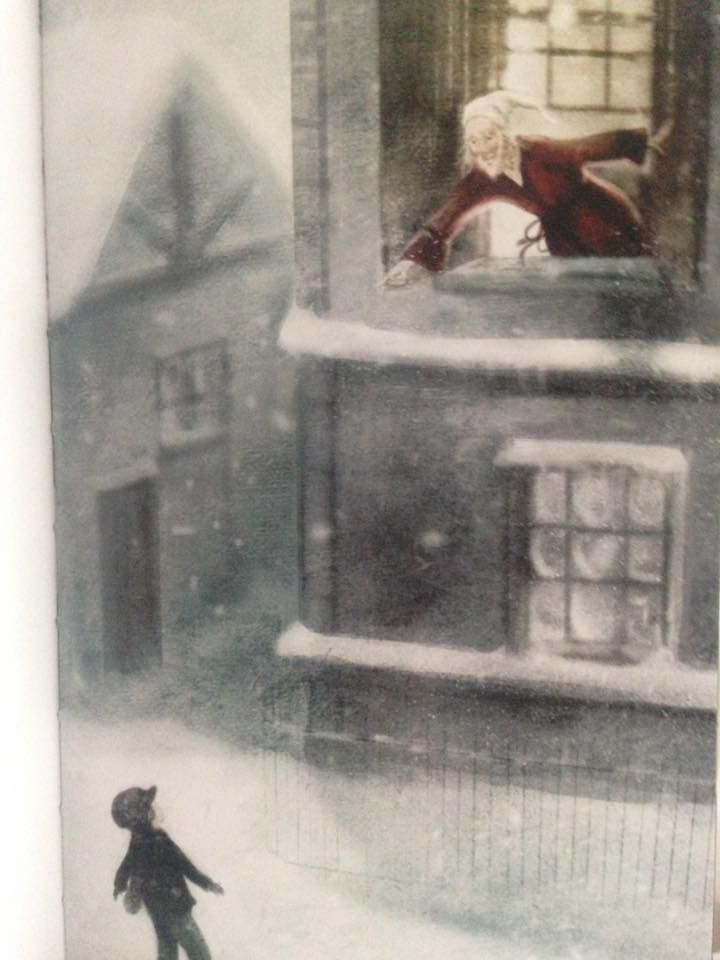
So, I’m focusing my thanks giving on lefse and eight people who are foundational to my lefse life.
Jane Legwold
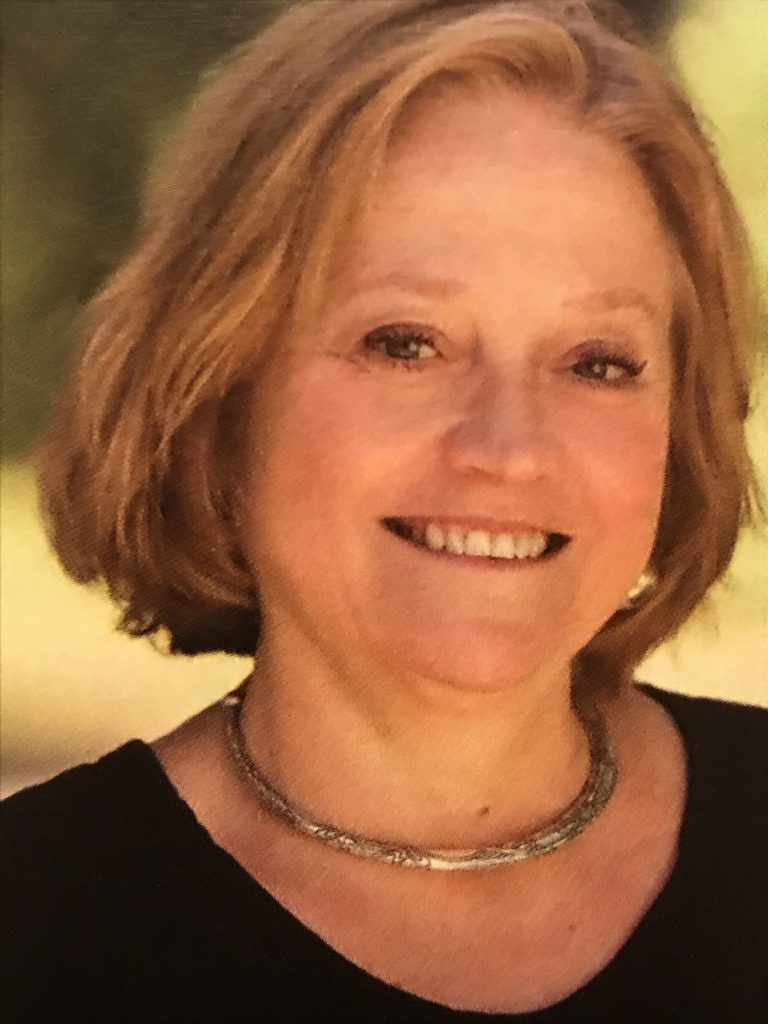
This is where the tears really flow. She is there at my side throughout our days and our nights, and at the markets selling All Things Lefse while I roll lefse rounds. I am grateful that she enjoys talking lefse with customers, and soldiers through the hard work of setting up and tearing down our booth space. But more than that, for being my foundation and life partner. Jane has seen my worst lefse and my best, and the best is yet to be. On December 30th, we will celebrate our 50th wedding anniversary. This is what I wrote on the inside of the ring I gave her 50 years ago: “See you tomorrow, Hon…”
Jennie Legwold
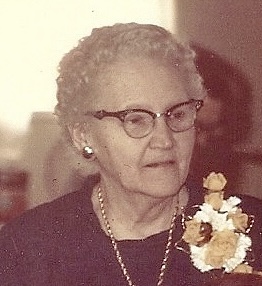
Grandma introduced me to lefse. Sadly, I never saw her make it, but lefse was always on the table when I traveled as a boy from Illinois, where I grew up, to Peterson, Minnesota, where she lived. Decades went by when I did not have lefse, but the fascinating look and feel and taste of lefse stayed with me until my middle age, when lefse called me home. The equation was lefse = Grandma. Everybody loves lefse, and everybody loved Grandma. What I loved most was her ability to accept others and herself, although if I were to have asked her about self-acceptance she would have simply chuckled. She was quiet, but not in a stern, judgmental way, and strong in a soft way that made you put down the pretenses and smile. When she served “a little lunch” that always included lefse, there was a green light to talk openly. She was what Jane Austin described when she wrote, ”Emma felt that she could not now show greater kindness than in listening.” I saw her in my dad, Conrad Legwold. And as I age, I see her in me.
Linda Bengtson
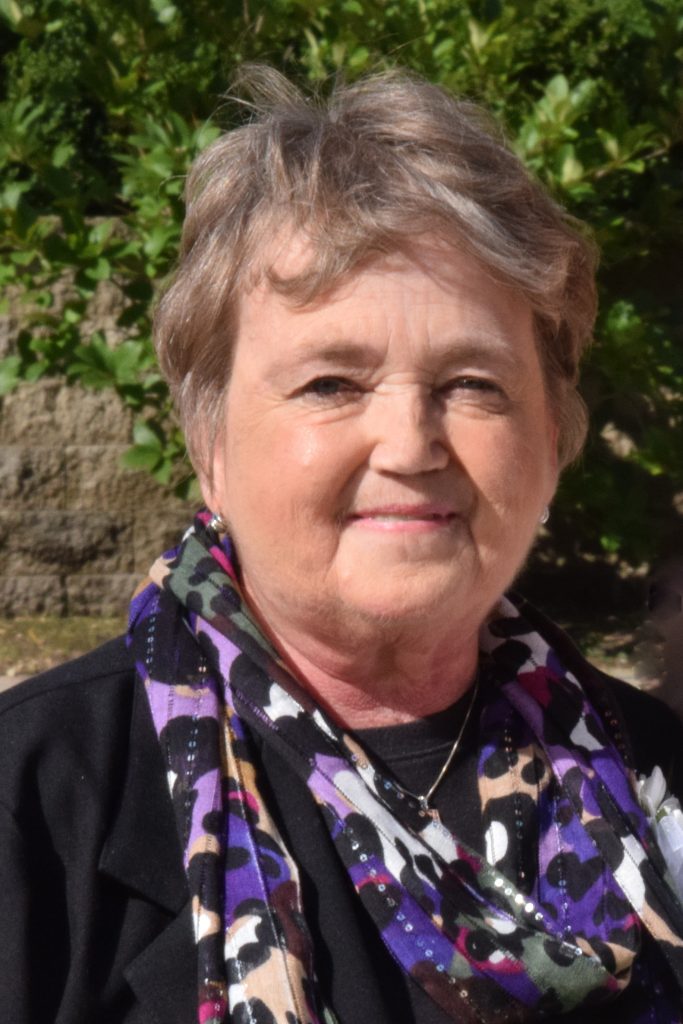
I taught myself to make lefse and quit because the stuff was soooo tough. Terrible! I called it potato jerky. A year after I quit Linda, spouse to my cousin Denny Bengtson, gave me lefse for Christmas. It was wonderful. I asked how she pulled off this miracle of making good lefse. She gave me lots of tips, but I had done them all. Finally, she asked what kind of pastry cloth I used. I said, “What’s a pastry cloth?” That was the turning point. She gave me her recipe, which I have modified only slightly, and with a pastry cloth I began making good lefse. And when I brought my lefse to family gatherings, Linda would heap praise on me — loudly, so all could hear. I used every Norwegian deflection I could think of to get her to cool it, but she was not deterred. After hearing these praises year after year, I finally learned to just sit there and take it. Linda has passed on, but it is my turn to heap praise on her. She was my mentor, and I loved her. I would not be a lefse maker without her. I cannot imagine not being a lefse maker. Thanks, Linda.
Merlin Hoiness
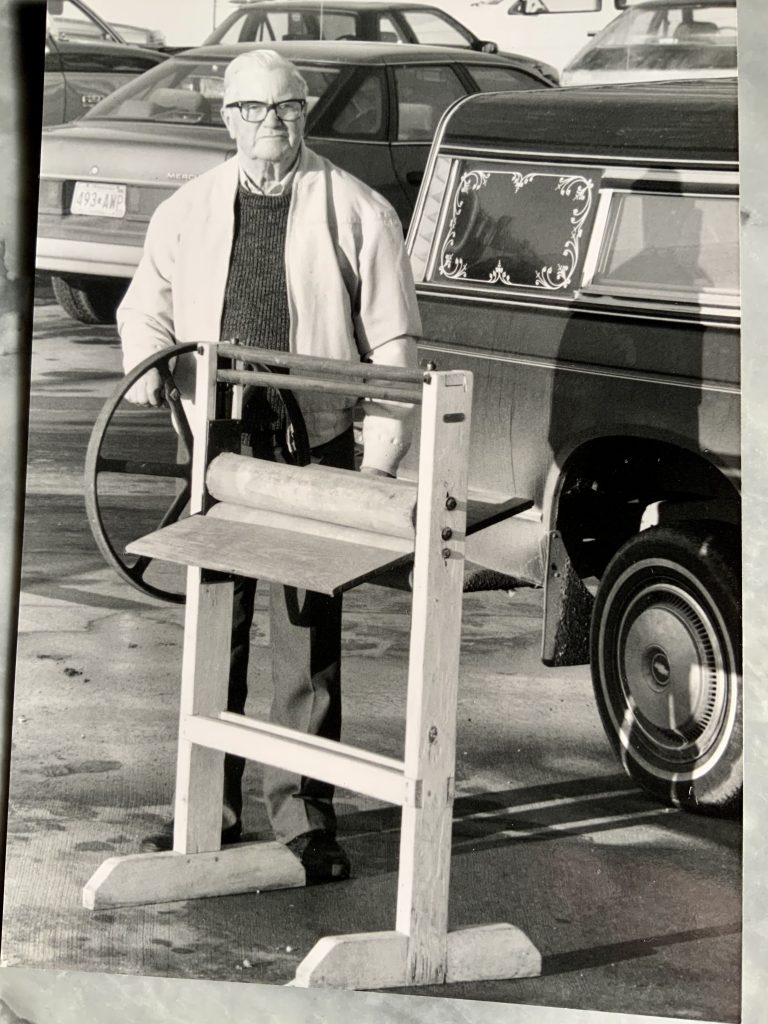
Merlin was Mr. Lefse long before I came on the scene. He was a grocer who, along with wife, Zola, did lefse demos in Minnesota and Wisconsin while starting Norsland Kitchens, a lefse factory in Harmony, Minnesota, in 1981. The factory featured lefse rolling machines invented by Jim Humble. These machines are marvels and are still rolling at Norsland Lefse, the successor to Norsland Kitchens and located in Rushford, Minnesota. Merlin taught me that you must market lefse, get out with lefse lovers and understand their passion for this food. He wrote a small book called 91 Ways to Serve Lefse and was a hoot to interview. He said in my first lefse book, The Last Word on Lefse, that as a grocer he “could never keep people satisfied when it came to lefse. This was before factories were making much lefse. … In my store, I would use the lefse made by ladies in town and on the farms. I was actually bootlegging lefse, you see. The ladies weren’t checked out by the public health inspector. He’d come into the store and ask who made my lefse. Then he’d have to take it off the shelf and throw it in the garbage.”
Bitten Norvoll

In 1950, Bitten came to Minnesota from Norway, where she was born. She made lefse for me from her south Minneapolis home and was the embodiment that lefse is a Norwegian food. As I ate her lefse, her husband Torbjorn explained why lefse was so important to Norwegian-Americans. He said that with early emigrants “whenever they left, it was goodbye forever. So they would cling to anything—old diets, memories—anything that reminded them of the old country.”
Bitten added that for years you couldn’t buy lefse in stores, so to have lefse you had to make it yourself. Going through the motions of making lefse evokes far more memories, she said, than simply plunking down the cash in a store for a lefse package.
John Glesne
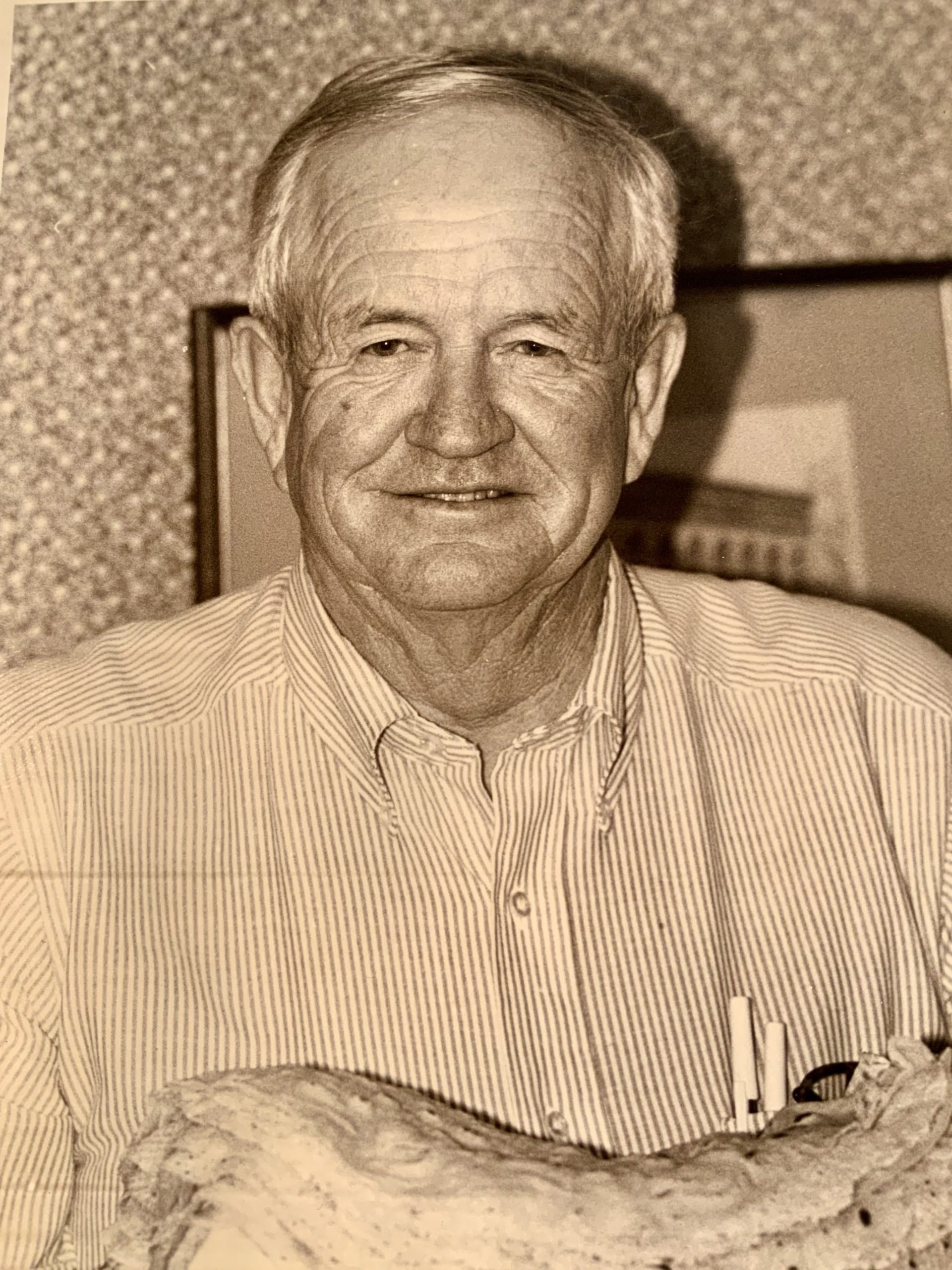
When I first started making lefse, it was a bit intimidating that all real lefse makers seemed to be women. Would I ever fit in? John’s answer, by example, was an emphatic yes. Part of my interview with him at his home in Decorah, Iowa, was this offer: “Hey, wanna beer?” Using a wedge, he also pitched a golf ball into a bucket in his living room after he made lefse. He was an easy-going good guy and keenly interested in not just making lefse but in making good lefse. That’s what I wanted to be, and John showed the way.
Jean Olson
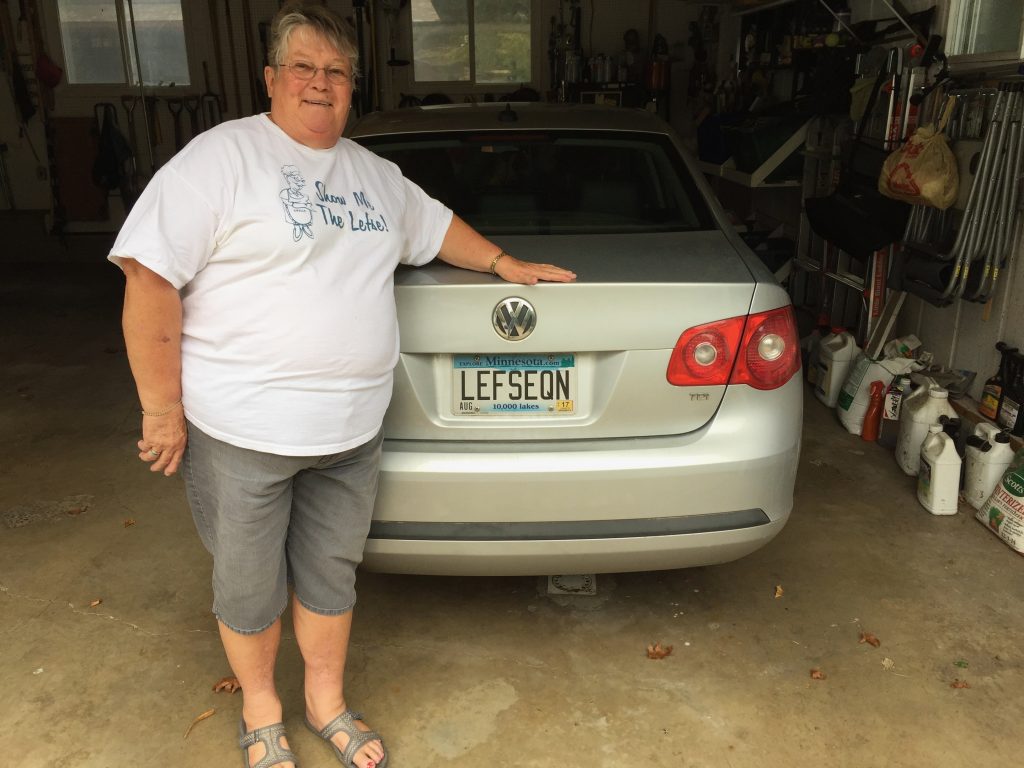
In my second lefse book, Keep On Rolling!, I interviewed Jean in her home in Deerwood, Minnesota, where she is known as the Queen of Lefse. (I’ve met lots of lefse queens, by the way, and a few lefse kings. And they all were beginners making the same mistakes we all make. So keep on rolling!)
Jean won the National Lefse Cook-off in 2005, an annual event that’s part of the Potato Days Festival in Barnesville, Minnesota. She won the contest rolling with dough that had not been cooled overnight or for hours in a refrigerator, which is customary, but was but a bit above room temperature. “I used to do that [roll cooled dough] but I didn’t like the way the potatoes rolled when cold,” she said. “Several years ago before my mother-in-law, Edith Olson, passed away, we both changed our minds on how cold potatoes needed to be.”
I now roll with room-temperature dough, thanks to Jean. Thanks, Jean, for your example of being willing to change your mind and trying something that can make lefse-making better.
Jean’s story leads into this tip: Do not to be a lefse snob. I have always learned from every lefse maker I’ve met. And I have always believed that there are many ways to make lefse, and not one is the best. As long as you are happy making lefse, go for it using the ways and recipe that are in your family or that you have found to be best for you.
Rev. Charles Colberg
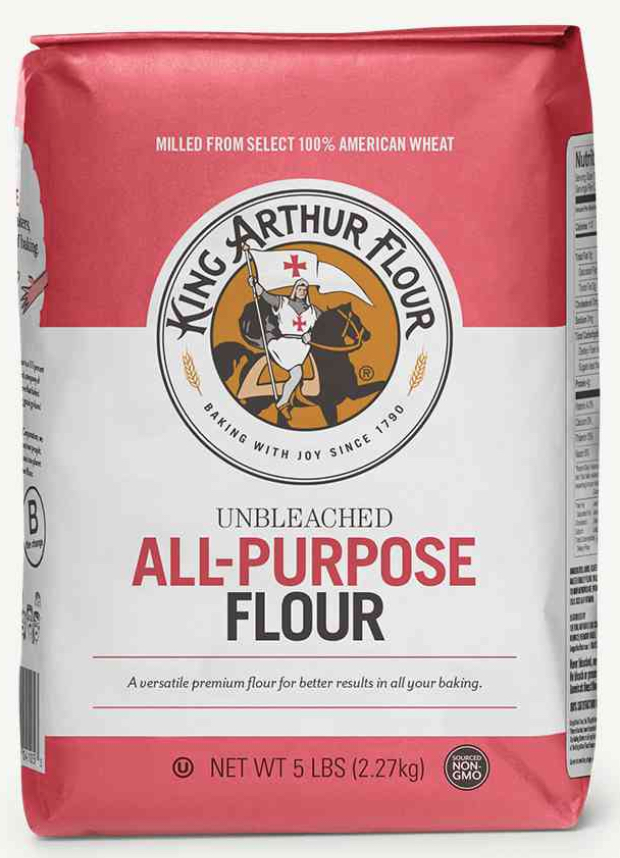
I don’t have a photo of Charles, so a photo of King Arthur Flour is going to have to do. Because he approached me as I rolled lefse at a market and started talking up this King Arthur Flour. I had never heard of it and was pretty happy with the flour I used, which was the cheapest I could find. He pushed me to give it a try because it would do wonders for my lefse.
I thought it was going to be hard to find, but I found it at Target — at twice the cost of most other flours. “Oh, what the heck,” I said, “there is no price on great lefse.” I bought it and, well, bottom line is I will never go back. The lefse dough is velvety-smooth, and the 11.7% protein helps keep the edges on my rounds together, so that I can actually roll a round round. And being able to roll a round round is a huge draw at markets and is hugely satisfying to the perfectionist perched on my shoulder. So, thanks, Charles, for that tip!
So these are my Great Eight who have helped me make better lefse. Thanks to you!
Here’s an idea: On this Thanksgiving, each of us thank those lefse makers who have helped us along the way.
